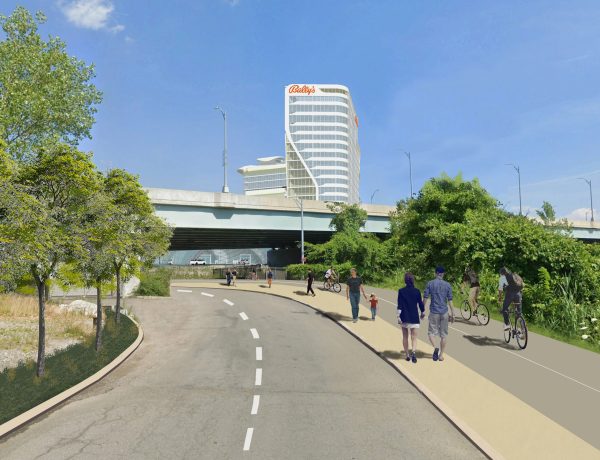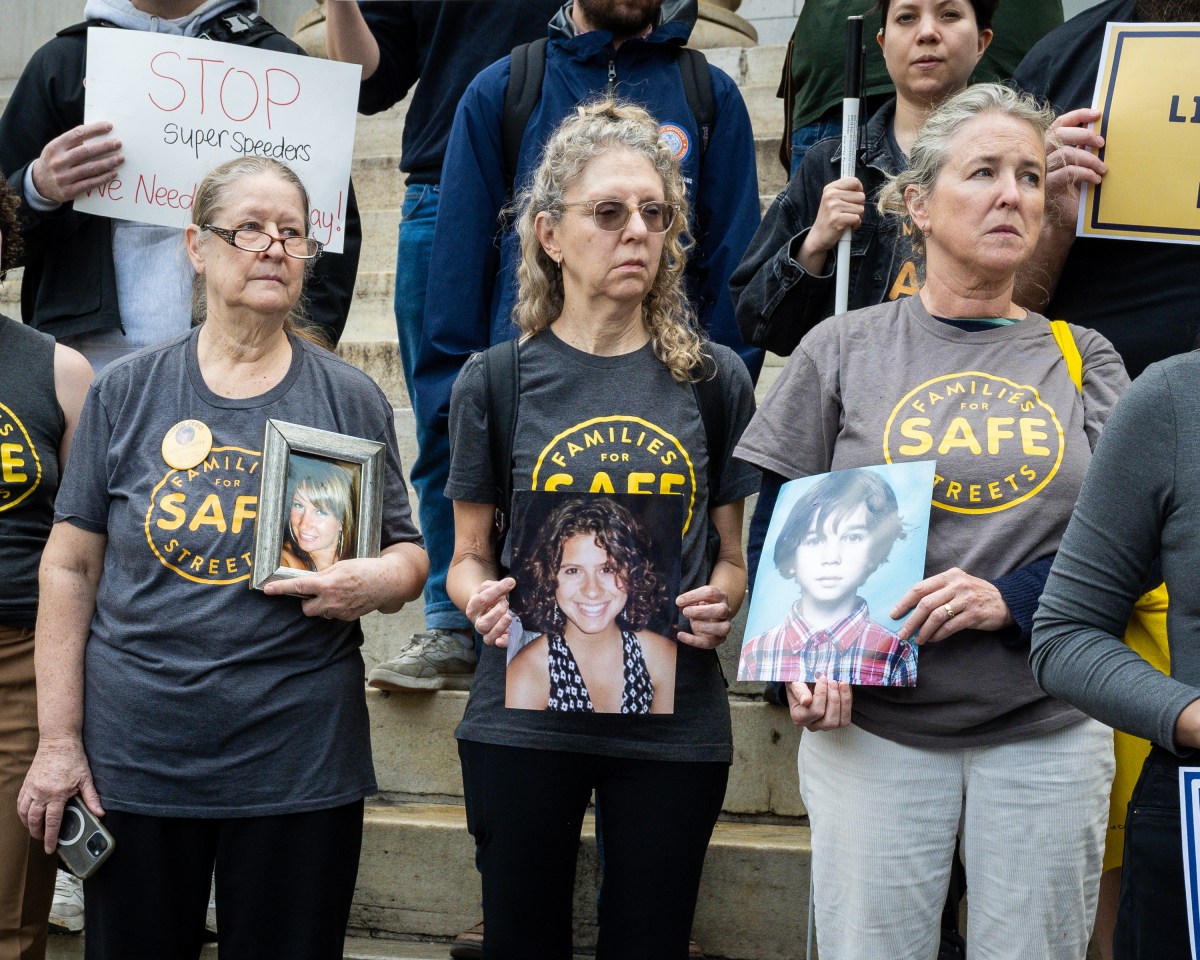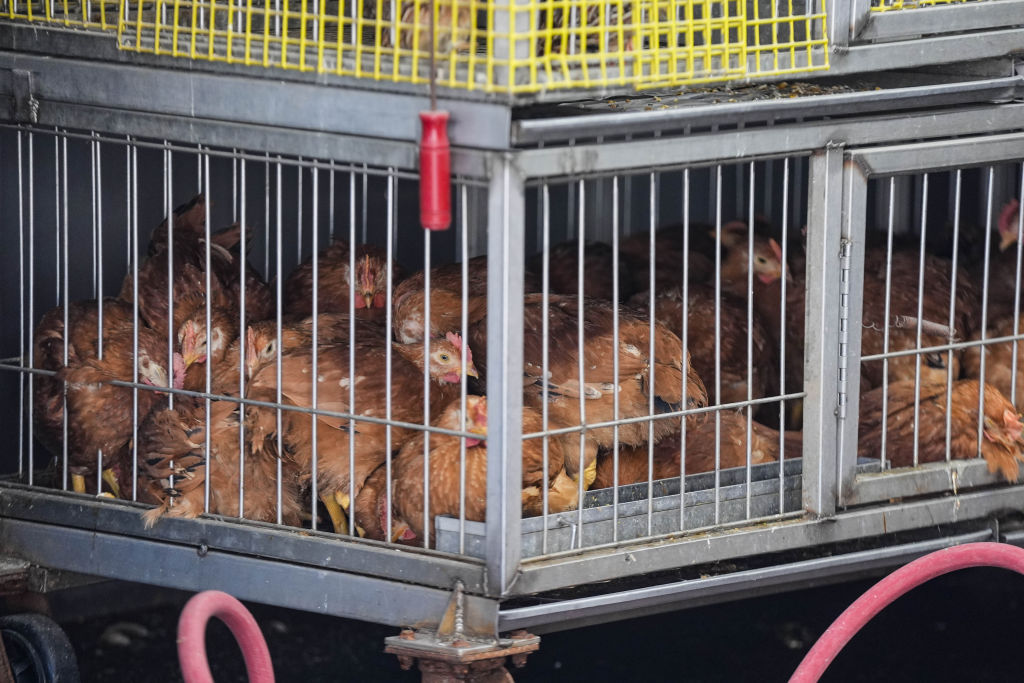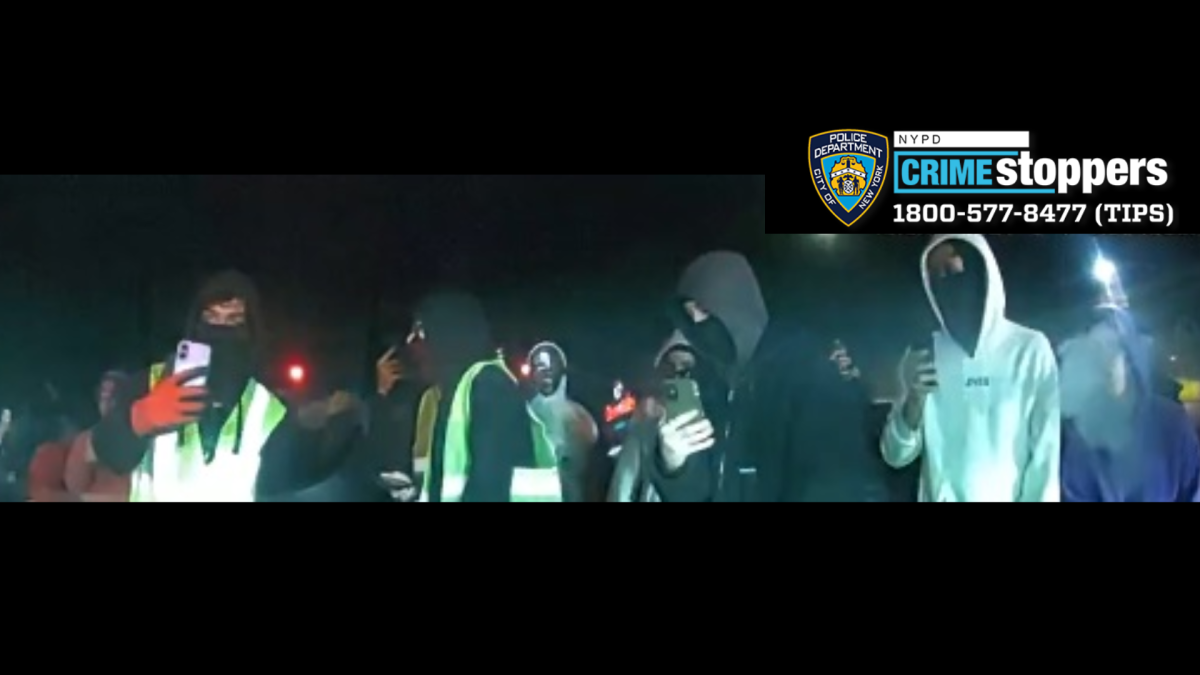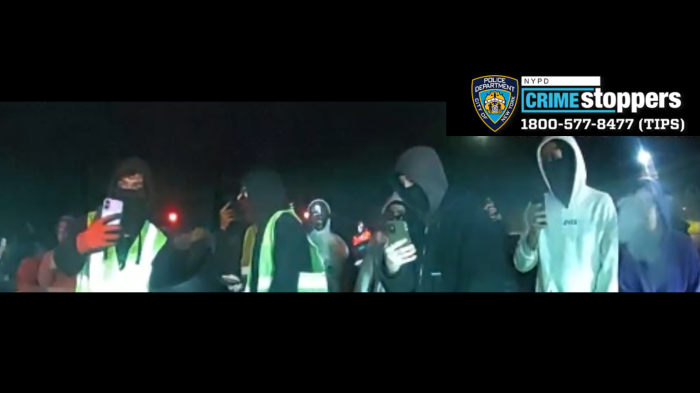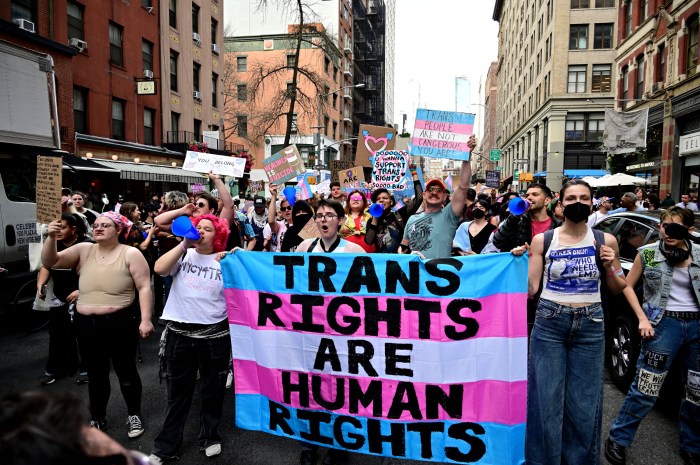New York Fashion Week has been dominated in recent seasons by statement-making and political styles calling for change, yet the industry remains plagued with issues of its own.
Shirts boasting the messages “We Will Not Be Silenced” and “The Future Is Female” on the runway can be seen as superficial when the industry hasn’t addressed problems like sexual harassment, a lack of diversity and questionable labor policies, experts said.
“The problem with New York Fashion Week is that it can sort of gloss over those issues,” said Jonathan Square, a scholar at Harvard University who specializes in fashion and history. Yet there remains a positive aspect to NYFW, as it aims to make statements of female empowerment and equality while reaching a broad audience on social media, said Moya Luckett, who teaches media history and fashion at NYU’s Gallatin School of Individualized Studies.
Brands, backed by high-profile celebrity ambassadors, remain largely influential — although general interest in the weeklong event, which hits New York City biannually in September and February, may be on the decline. In the #MeToo era, as sexual misconduct and gender inequality in the broader culture come to light, several industry experts examined the continued cultural relevance of NYFW.
A #MeToo spillover
The scene behind the curtain at runway shows is alarmingly familiar: Models are slipped in and out of garments by dressers as photographers snap photos only steps away. It’s this open-concept normality that has helped contribute to misconduct within the industry, experts say.
It’s a matter of industry culture … sexual predation and abuse is completely understood.
“Models have had no privacy, making it possible to be assaulted or harassed,” said Kimberly M. Jenkins, a part-time lecturer at Parsons School of Design. Though high-profile models — like Kate Moss and Kate Upton — have opened up about exploitation by photographers and designers, it’s only now becoming a larger topic of discussion on the heels of Hollywood’s #MeToo movement.
“It’s something that’s been building up, and now it’s spilling over,” Jenkins added.
This NYFW, Rebecca Minkoff teamed up with Zosia Mamet, Gretchen Carlson and other celebrities to unveil the RM Superwoman campaign promoting women’s rights and equality; a runway show was dedicated specifically to #MeToo; and French designer Myriam Chalek cast only sexual abuse survivors.
The fall 2018 season will also mark the first time portable changing areas will be provided for models to dress in privacy thanks to the efforts of the Model Alliance, a group that rallies for the rights of fashion workers.
While a step in the right direction, Elena Xiaoyu Wang, a visiting lecturer at NYU Gallatin, said she’s concerned rewarding the industry for implementing changing rooms and splashing #MeToo on T-shirts will only mask the larger issues that contribute to misconduct. Those include unregulated working conditions, complaints that fall on deaf ears by management and execs that have in turn developed a sense of invincibility.
“It’s a matter of industry culture,” Wang said, adding that models are working in environments in which “sexual predation and abuse is completely understood.”
The minute they open their mouths, they will have to leave the industry.
Unregulated workforce
Still a largely unregulated profession, it’s common for models — considered independent contractors, not employees — to be young, undocumented immigrants working without fair wage. It’s been three years since Rep. Grace Meng introduced the Child Performers Protection Act to regulate the employment of models age 16 and younger. The bill still has not been passed.
Models have come forward recently using the #MyJobShouldNotIncludeAbuse hashtag. Cameron Russell, one of the first to use it, said she’s had “several memorable disturbing experiences” and described in an Instagram post being “begged” by an unnamed photographer to remove her clothing during a shoot.

The hashtag didn’t gain the viral attraction of #MeToo, but that didn’t come as a surprise to experts who say a lack of negotiation power is to blame.
“The minute they open their mouths they will have to leave the industry,” Wang, who specializes in sexual politics and labor conditions within the fashion industry, said.
To give more models the confidence to speak up, Wang stressed the importance of passing the Child Performers Protection Act. Others said continuing to spread messages of equality on the runway, as expected this season, can still make an impact.
We will stand up together and have our voices heard and, above all, we will be fierce.
Something as simple as a #MeToo message on a shirt just might “make girls more inclined to speak out,” Luckett said.
These messages can have power because “fashion resonates with the world,” Carlson, a representative of Rebecca Minkoff’s Superwoman fashion campaign, said.
“Women will no longer be subjected to second-class citizen treatment … Instead, we will stand up together and have our voices heard and above all, we will be fierce.”
Industry is ‘progressive on paper’
Along with messages of women’s rights, political statements taking aim at the Trump administration are projected to power the runway again this season, but experts question their potency.
At last February’s NYFW, the Council of Fashion Designers of America gave out pink buttons that said “Fashion stands with Planned Parenthood,” models wore white bandanas for the #TiedTogether campaign, designer Anniesa Hasibuan only cast immigrants for her show and designer Prabal Gurung introduced a T-shirt line with phrases like “This is what a feminist looks like,” “I am an immigrant” and “Love is love.”
What if you printed slogans like, ‘Where was your T-shirt made?’ or ‘Women representing women?’
The fashion industry is “liberal and progressive on paper,” Square said. But, while designers try to be part of the national conversation on political issues, they aren’t being open about the problems within their own industry.
“They can design a spunky little T-shirt or do something, but the truth is it’s an industry that objectifies women,” said Audrey Nizen, a fashion consultant.
Similarly, Wang questioned if the trendy shirts result in any real change.
“What if you printed slogans like, ‘Where was your T-shirt made?’ ‘Women representing women,’ ‘All bodies are beautiful,’” she said. “You could print really powerful slogans that do get at the heart of these issues. Why aren’t more provocative slogans being printed?”
Diversity isn’t the ‘aesthetic norm’
The industry has made strides to diversify in recent years, but experts said there’s a long way to go before it can be considered truly inclusive.
While diversity reports make headlines each season, “There are still high-end designers who don’t feel that a completely diverse runway speaks to the clientele they’re trying to reach or their demographic,” Jenkins, who teaches a fashion and race course at Parsons, said.
NYFW runways were the most diverse to date last September, with two nonwhite models in each runway show and 90 plus-size models overall, according to a report by The Fashion Spot. But models with darker skin or plus-size bodies still don’t fit into the “aesthetic norm,” Jenkins said.
“Major brands aren’t brave enough, and they’re waiting to see who wants to be brave enough to really make waves with diversifying their brand or images they use. Beyond race, this goes with body diversity and the sizes we wear,” Jenkins said.
Time for a change?
Change can trump the status quo if those in power choose to embrace it, experts said.
“Fashion week has evolved so much from what it was,” said Elizabeth Wissinger, professor at the Graduate Center of the City University of New York.
“There are a lot of designers who are paying attention to the politics and really trying to put a representative set of people on the runway, not just some ridiculous ideal nobody can achieve.”
Some experts said this slow-but-steady move in the right direction combined with social movements like #MeToo forcing responsibility on the industry will eventually have a notable impact. To be a brand people can stand behind, labels need to be putting women in positions of power, diversifying their runways and enforcing regulated labor practices, Square said.
“Fashion is still one of the most influential industries today,” Wang said.





